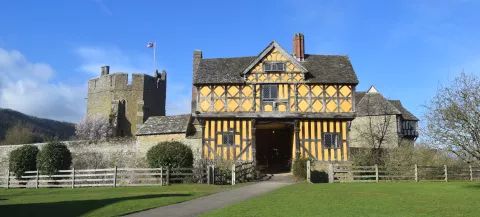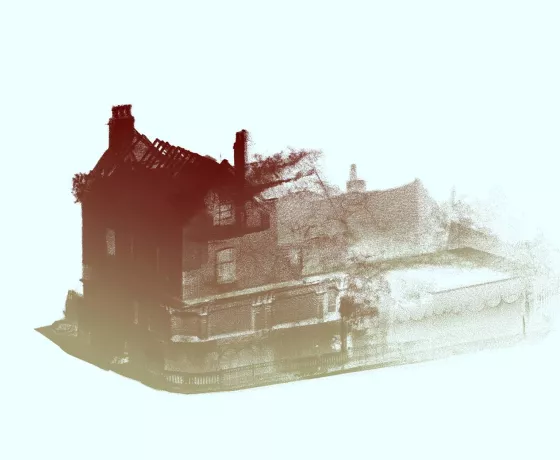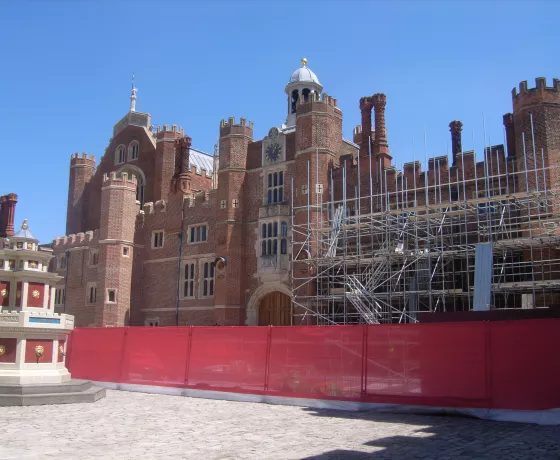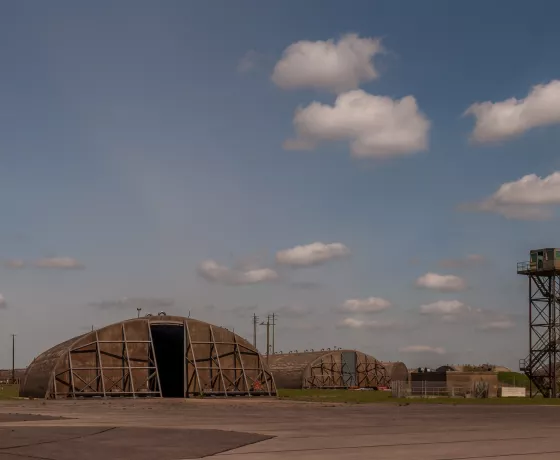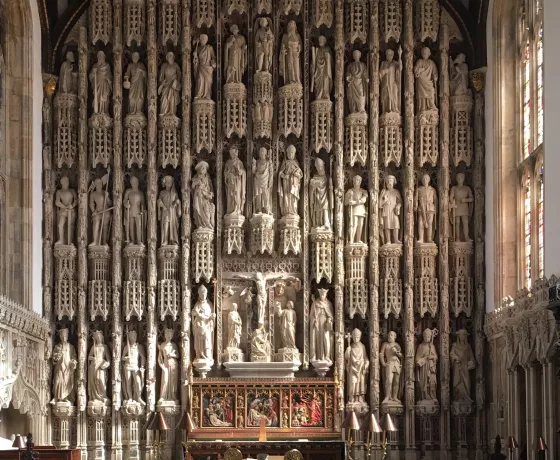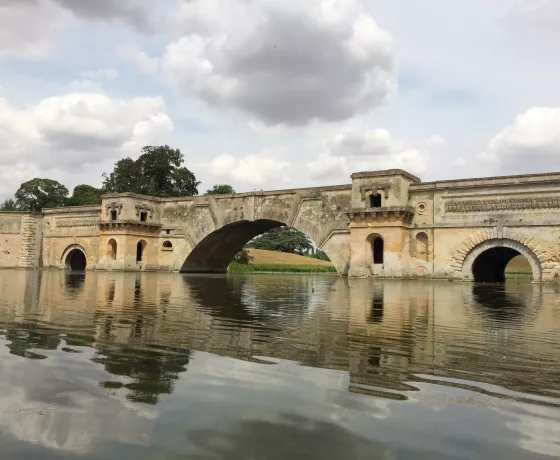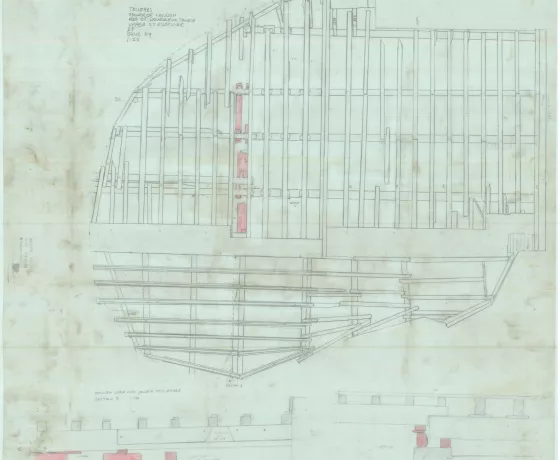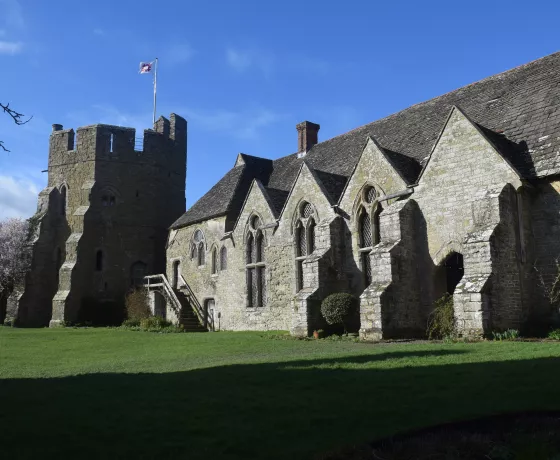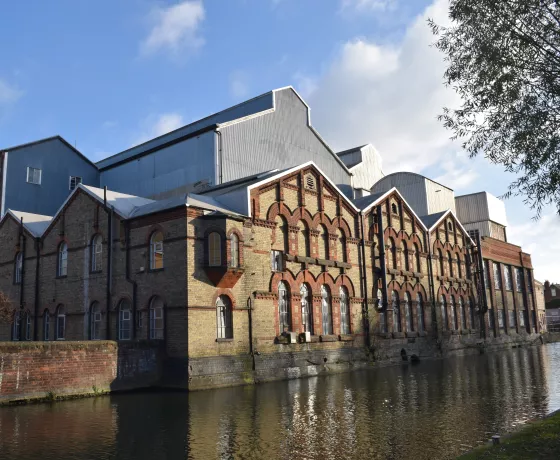The investigation of historic buildings (listed or otherwise) is now an accepted part of the commercial archaeological ‘field’. Oxford Archaeology has long had a dedicated department in this area of study, having been among its pioneers in the 1990s.
Building investigations can take many forms but they are usually required as part of the planning process. They may be prepared at an early stage of a proposed development in order to help inform the preparation of sensitive proposals or they may be requested by planning authorities in order to provide an assessment of the potential impact of proposed on the heritage significance of a site. Alternatively they can be undertaken as a condition of planning consent in order to provide an archive record of an historic building, prior to alterations or demolition. Sometimes they can form conservation plans or appraisals, undertaken as part of the good, long-term management of significant historic buildings, or they may relate to applications for listed building or scheduled monument consent.
Investigations can be non-intrusive, to simply provide an archive record of a building in its current form, or they can take the form of a watching brief during strip-out works to record previously hidden areas of fabric; historic buildings frequently retain secrets behind plaster or under floorboards.
The range of buildings that Oxford Archaeology has investigated spans humble cottages to royal palaces. The type of work is equally varied, ranging from rapid photographic surveys to stone-by-stone drawings of a single wall.
With all projects, the aim is to interpret a building’s surviving physical evidence in order to learn more about the way it was designed, constructed, altered and used.

